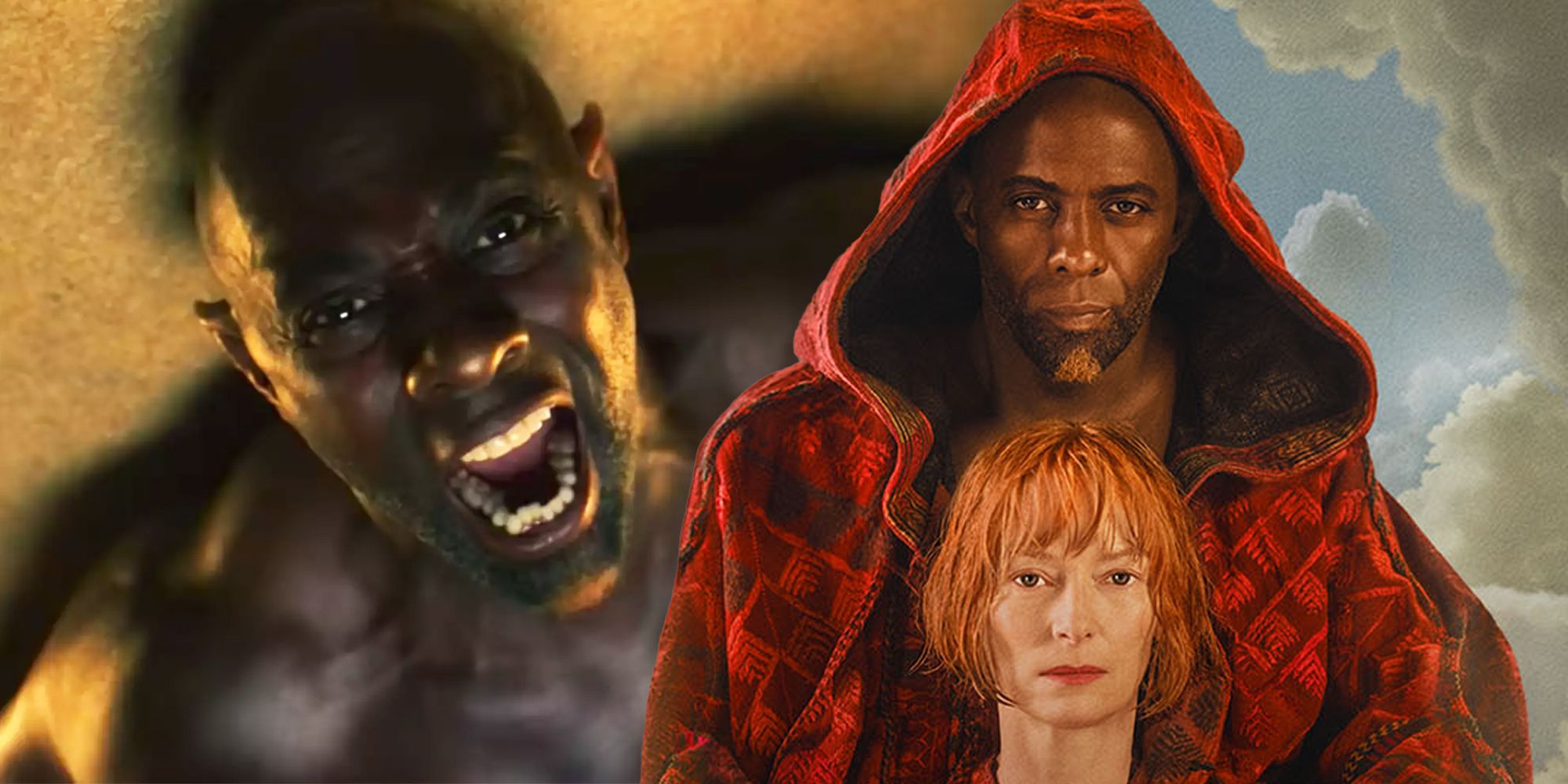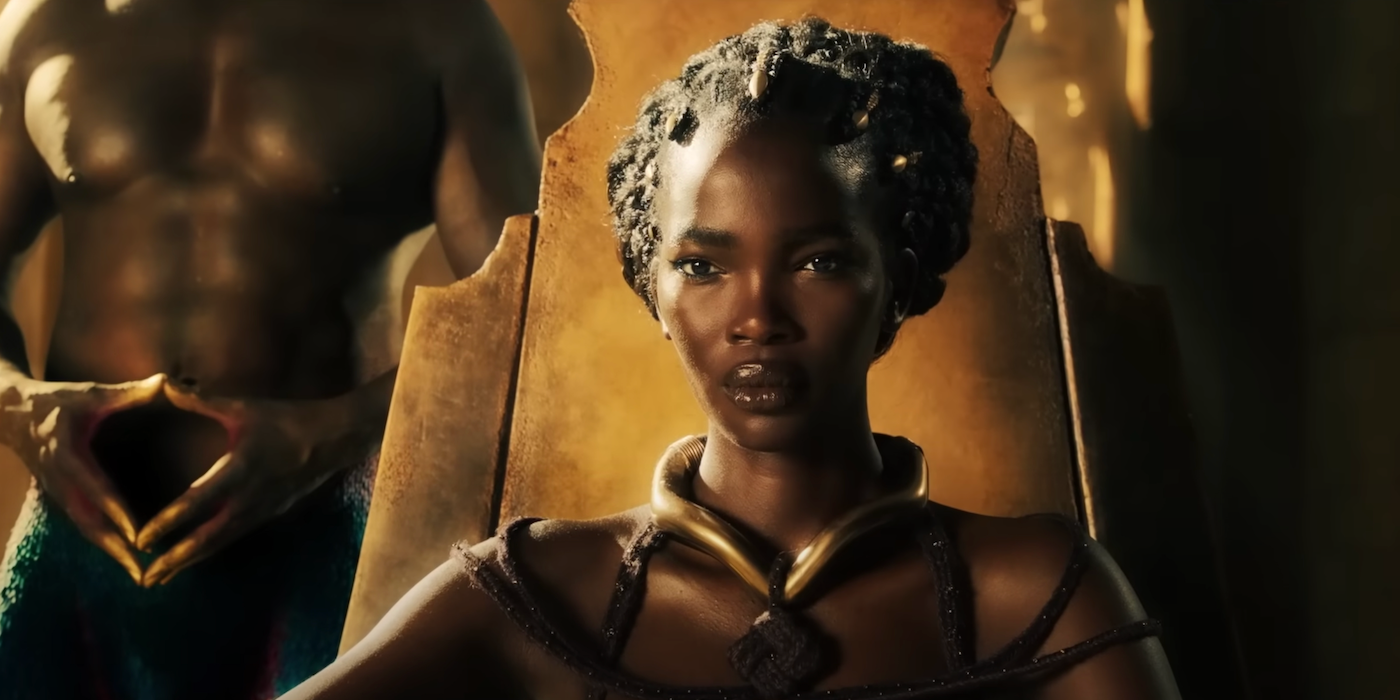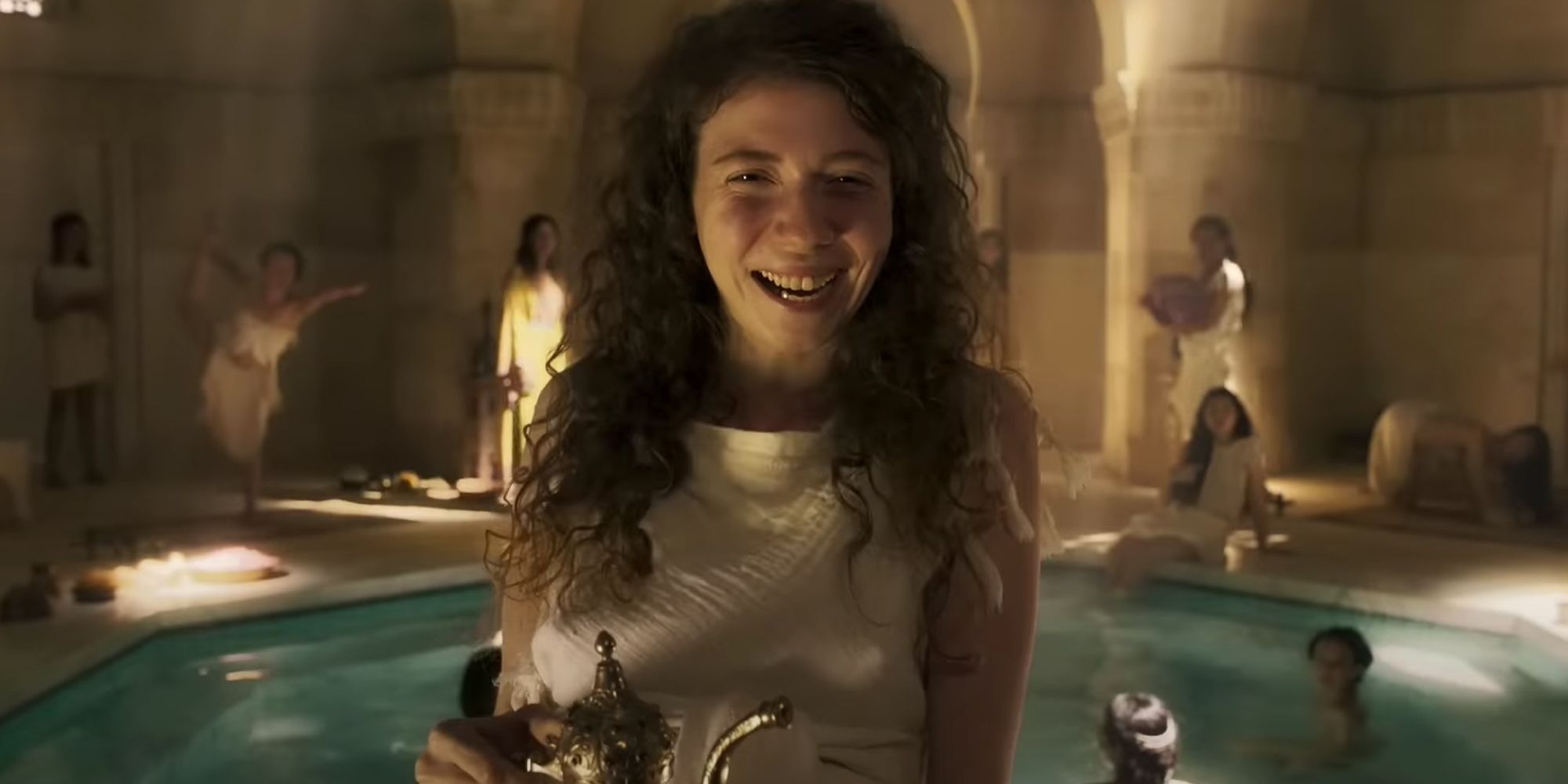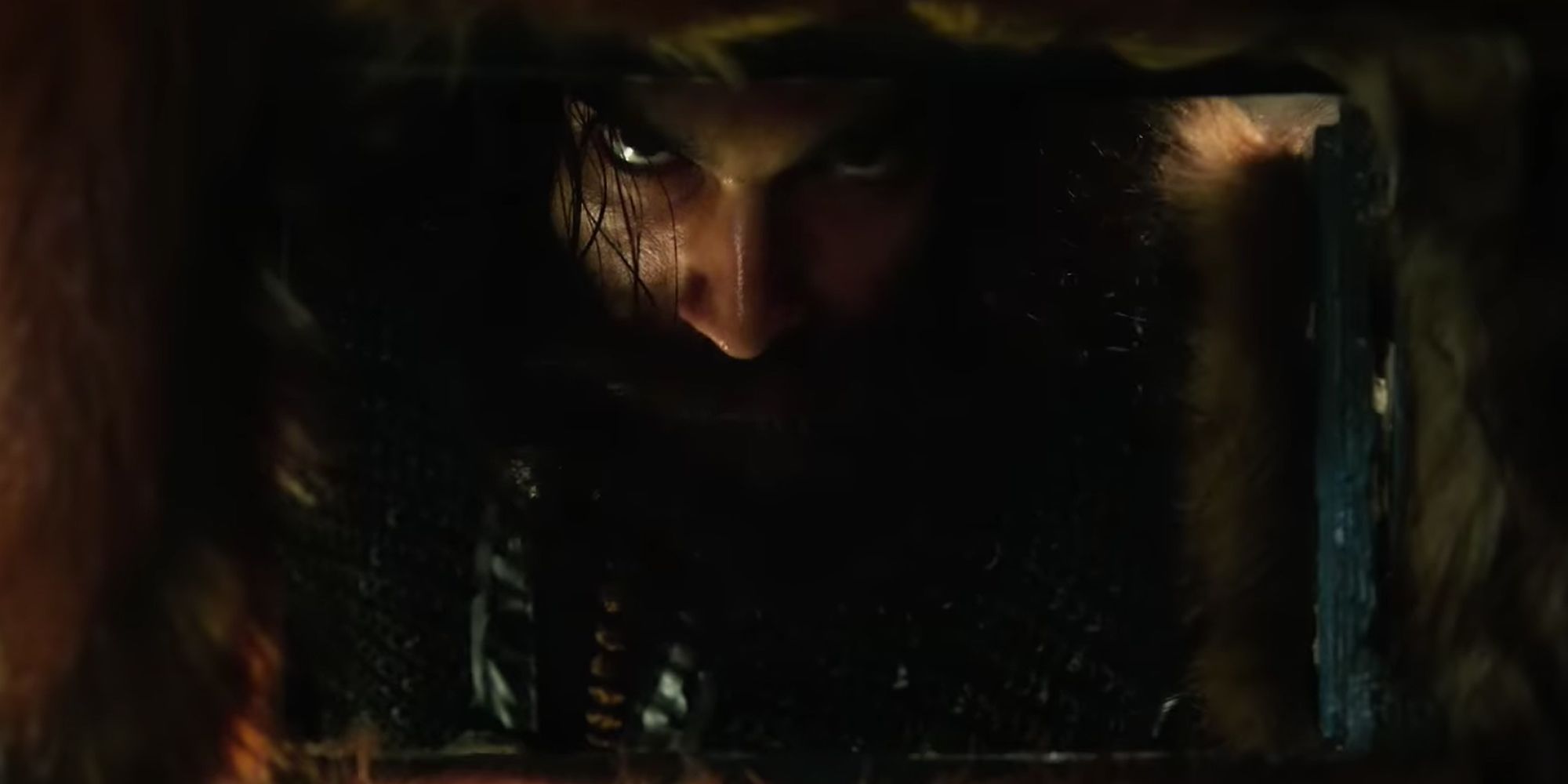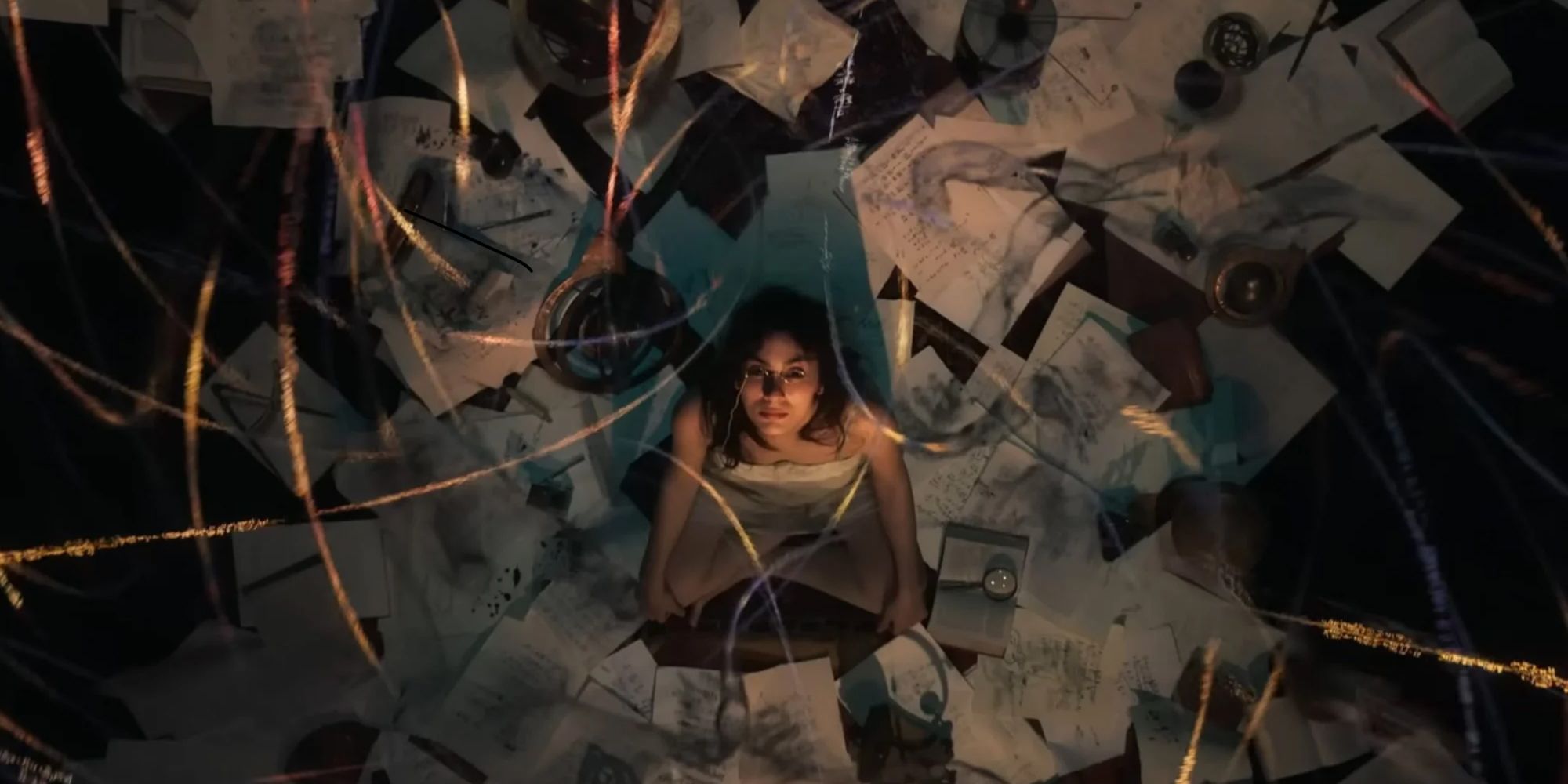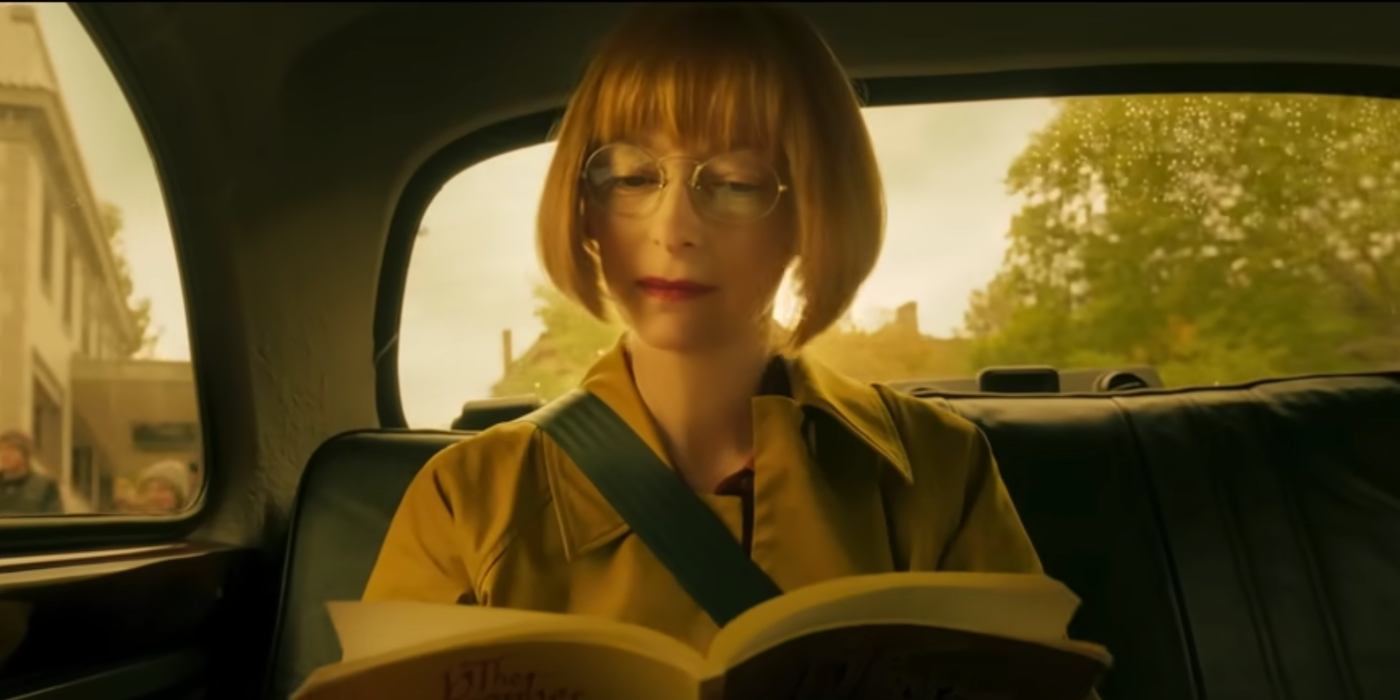Warning! SPOILERS for Three Thousand Years of LongingOn its surface, Three Thousand Years of Longing may seem like a simple tale of a Djinn telling stories from his past, but the true meaning of the film is so much deeper. Director George Miller's most recent film is unique in his filmography, using a story of a Djinn and a narratologist to explore deeper themes of love, loneliness, loss, and what it means to be human. There is a lot to unpack in this film, so here is the deeper meaning of Three Thousand Years of Longing explained.
Three Thousand Years of Longing follows Alithea Binnie (Tilda Swinton), a narratologist (someone who studies narrative structure and its influence on society) who discovers a strange bottle while doing research in Istanbul. While cleaning the bottle, Alithea comes to find out that it contains a Djinn (Idris Elba), accidentally releasing it in the middle of her hotel room. The Djinn grants three wishes to Alithea, insisting that he is under the control of whomever frees him until they make their wishes. While Alithea is hesitant, acknowledging that many Djinn stories are cautionary tales, the Djinn attempts to convince Alithea that he will truly grant whatever her heart desires by telling her stories of how he was imprisoned three different times.
The bulk of Three Thousand Years of Longing revolves around these three tales, with Alithea and the Djinn spending most of the plot sitting in the hotel room. However, this all changes when Alithea wishes that she and the Djinn loved each other, with the third act centering on the highs and lows of their life together. Many of the deeper themes of the film lie at the ending of Three Thousand Years of Longing, as it soon becomes clear that the Djinn's tales from his past have a much deeper meaning: they are all about Alithea.
How Alithea Is Secretly Sheba
The Djinn's first tale of imprisonment follows his time with the Queen of Sheba, around the mid-1500s. This story recounts a version of the Biblical tale of King Solomon and Sheba, but with a twist. Here, Solomon visits the Queen of Sheba and attempts to woo her with his music, using magical instruments to create a beautiful harmony. The Djinn secretly loves Sheba and attempts to warn her against falling for Solomon. Sheba, however, decides to be with Solomon, and takes him to bed. The Djinn hides in the room in anguish, listening to the two, when Solomon uses his magic to trap the Djinn in a bottle and sends him to the bottom of the Red Sea where he remains for 2500 years.
This Solomon scene is not the version from the Bible, but Three Thousand Years of Longing changes it for a thematic reason. Here, the Queen of Sheba is actually a stand-in for Alithea, with several parallels proving this. Firstly, much like Alithea puts aside her love of scholarship for her love of the Djinn, this tale presents the Queen of Sheba putting aside her love of the Djinn for her love of Solomon. The scene also shows Sheba being wooed by Solomon's magical music. The film later shows Alithea in a heated confrontation, only being calmed down by the magic of the Djinn - accompanied by music in the same vein as Solomon's. These two points are important to understanding the deeper meaning of the film, but Alithea being Sheba is clearly laid out by the fact that both characters swallow exactly the same, with the film using a similar shot to highlight this connection.
How Alithea Is Also Gülten
In the second story in the Djinn's history, the bottle is found by Gülten, a young slave-girl who desires to be with Prince Mustafa of the Ottoman Empire. Gülten uses her first wish to make herself desirable to Mustafa, and once they are together, she uses her second wish to make herself pregnant with his child. Unbeknownst to Gülten, Mustafa is attempting a coup against his father, the Sultan. The Sultan finds out and kills Mustafa, then sends his men after Gülten to eradicate Mustafa from the bloodline. Although the Djinn begs Gülten to save herself with a third wish, she refuses, dooming herself and the Djinn.
Although the Djinn clearly lays out the premise of three wishes to Alithea, she refuses to use her wishes, citing the many tales of trickster Djinn. The Djinn warns that there will be severe consequences if Alithea doesn't make her wishes, yet she still refuses, believing that she knows better. Alithea's first wish isn't made for almost the entire movie, with her only making it at the beginning of the third act. Once she makes her first wish, though, it causes the Djinn to stay with her, even though it is actively harming the Djinn. Much like Gülten, Alithea ignores the Djinn's warnings, being blinded by both her love and her will.
The Brothers Represent Alithea Too
Continuing Gülten's story, two young princes get close to discovering the Djinn's bottle around 100 years later. This story is far more complex than its predecessors, following the lives of the two young princes as they grow old. After his father's death, Murad IV goes on several conquests, turning violent and shutting others out. Murad's only connection is a storyteller that his mother brings in, as he regains his humanity while he is whisked away by the storyteller's tales. Murad eventually drinks himself to death, leaving Murad IV's brother, Ibrahim, as the only male heir. Against his wishes, Ibrahim becomes the Sultan, and is forced to have sex with many women until he has a male child. Like the Djinn's other characters, Murad and Ibrahim both represent parts of Alithea. Like Murad, Alithea shuts out those around her, and can only express herself through her study of stories. Like Ibrahim, Alithea eventually realizes her responsibilities, using her wishes to set the Djinn free.
Zefir Is Alithea In The Most Literal Sense
Out of all of the Djinn's stories, the tragic story of Zefir is the most literal allegory about Alithea. Zefir is a young woman who feels trapped, one who wants to gain freedom so she can travel the world and pursue knowledge. While Zefir and the Djinn initially get along, Zefir eventually lashes out at the Djinn due to her captivity and academic frustrations. Like the characters in many of George Miller's other movies, Zefir's story ends in tragedy, with her wishing she never knew the Djinn existed, trapping him in a bottle for the final time until Alithea discovers him.
There are so many parallels between Zefir and Alithea, proving that Three Thousand Years of Longing is really trying to hit this point home. Zefir is literally trapped by her husband, only wishing to escape, while Alithea feels trapped in her hometown of London, escaping to other parts of the world to study narratology. Both characters have a passion for academia, both characters have shut themselves away, and both characters even bounce their leg in the same way while they read. Zefir highlights the dangers of locking oneself away, with Alithea finding love and companionship in a way Zefir couldn't.
How Three Thousand Years Of Longing Confirms The Stories As False
The subtle twist in Three Thousand Years of Longing is that the Djinn may not be real. The third act of the film lightly confirms that the Djinn's stories were made up by Alithea for a book, with several of her inspirations appearing in her basement. She turns off lights by pulling the red string that was tied around the Djinn's first bottle, and she has a bottle collection that is very similar to Zefir's own collection. The coincidences between the Djinn's tales and Alithea's life were simply too much, and it being a story Alithea fabricated makes much more sense. While the stories are fake, the Djinn and his history was made up by Alithea to tell a parable about the importance of love and the danger of locking oneself away, which is the true meaning of Three Thousand Years of Longing.

